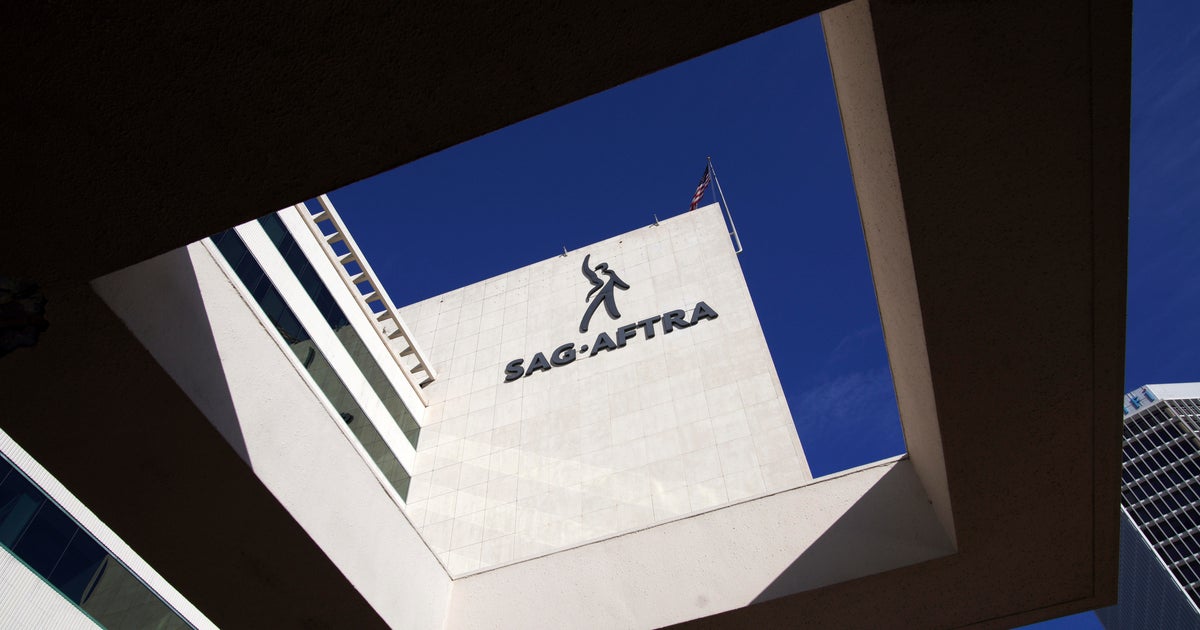Nearly half of the 140,000 who went on strike in 2021 work in health care
Last year, approximately 140,000 workers went on strike, and about half were employed in the healthcare sector, according to a new "Labor Action Tracker" report by Cornell's School of Industrial and Labor Relations (ILR) .
Across the country, hospital employees spearheaded some of the more significant strikes of the year: in California tens of thousands of Kaiser Permanente nurses and other hospital workers joined picket lines to show solidarity for operating engineers demanding better pay, and in Massachusetts, around 700 nurses at Saint Vincent Hospital held the line for around 10 months, the longest strike of the year.
Social worker Joyce Klein helped lead an 18-day strike of more than a thousand unionized hospital workers in Chicago's Cook County that ended in a pay raise, and she expects a lot more organizing in her industry.
"This is only the beginning," Klein said. "I think especially because of the pandemic, people are at their breaking point and now that they're seeing their success here and their ability to organize and their ability to make demands, now is the time. It's just going to get bigger from here."
Klein said she could not have organized a successful strike without the help of her union, which brought people working in a variety of lanes throughout the hospitals together — physical therapists, maintenance workers, lab technicians.
But as union membership continues to fall in the U.S. — now encompassing a little over 10% of American workers — strike activity is nowhere near historic highs, says Nelson Lichtenstein, a history professor at University of California, Santa Barbara who studies labor history in the U.S.
"It's miniscule compared to ordinary years from the '40s, '50s, '60s and '70s," Lichtenstein said.
It's that 10%-slice of union workers that led labor activity. Over 95% of the workers involved in the work stoppages last year belonged to a union. According to the Cornell researchers, there were 24 strikes involving more than 1,000 workers last year, but in the 1970s, the Labor Department recorded well over 200 of these major strikes per year. The last time the government reported more than a hundred major strikes in a year was the early 1980s, when the percentage of unionized employees was double what it is today.
There were some disruptions in other sectors last year, too. Researchers found labor action also caused slowdowns in the manufacturing and education industries. More than 25,000 manufacturing workers stayed off the job for a combined 1 million days, more than one-third of the total time Americans spent on strike last year. Unionized John Deere workers led one of the year's largest strikes and they stayed off the assembly line throughout much of October and November, the most active months for strike activity overall.
And more than 13,000 people in the education sector refused work in protest, among them 15 groups of bus drivers who organized "sickouts" last fall, where they called in sick in coordination over low pay or understaffing by their districts.
Overall, workers' most popular demands in 2021 were better pay, healthcare, and retirement benefits, respectively.
"There's a tight labor market and an increase in inflation. I think that's part of the story," project director of the ILR School's Labor Action Tracker and Ph.D. candidate Johnnie Kallas said. "I think also workers were on the frontline of a global pandemic for close to two years, and they've been facing stagnant wages for a long time."
The first-ever annual report by the School of Industrial and Labor Relations at Cornell provides the clearest snapshot of the labor movement in America seen since 1981, when budget cuts forced the Labor Department to stop recording strike activity involving fewer than 1,000 workers. There were 260 strikes last year, but under two dozen are expected to be reported in the Labor Department's annual strike report according to Kallas.
"There's a tremendous amount of obstacles that face workers trying to organize or workers who try to strike," Kallas said. "And the question that remains is, can some of these gains of this recent activity be sustained over time?"



